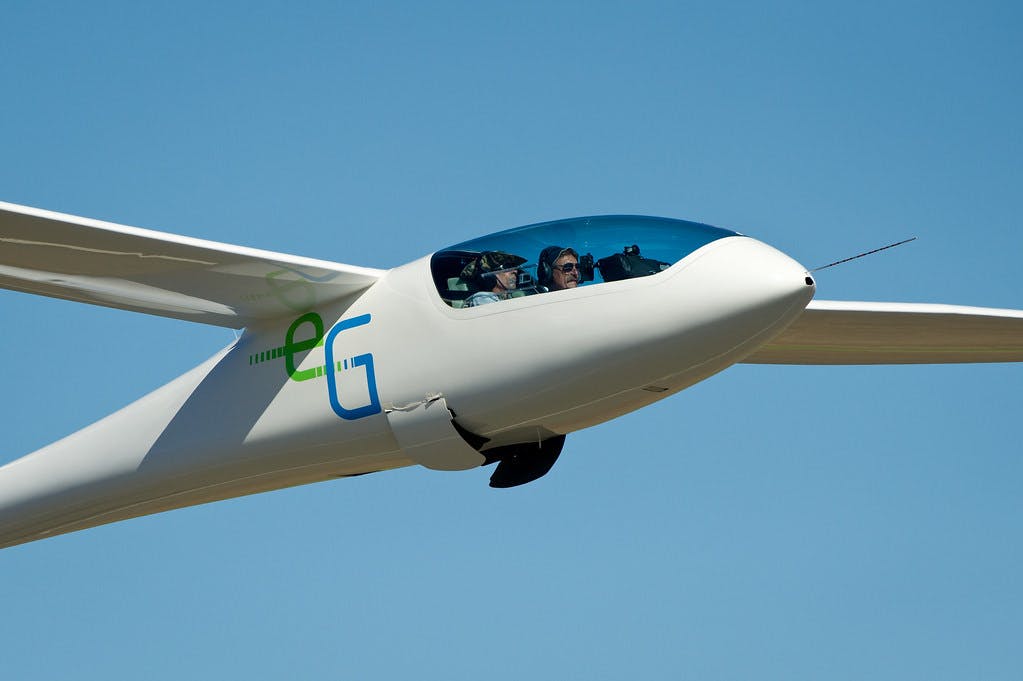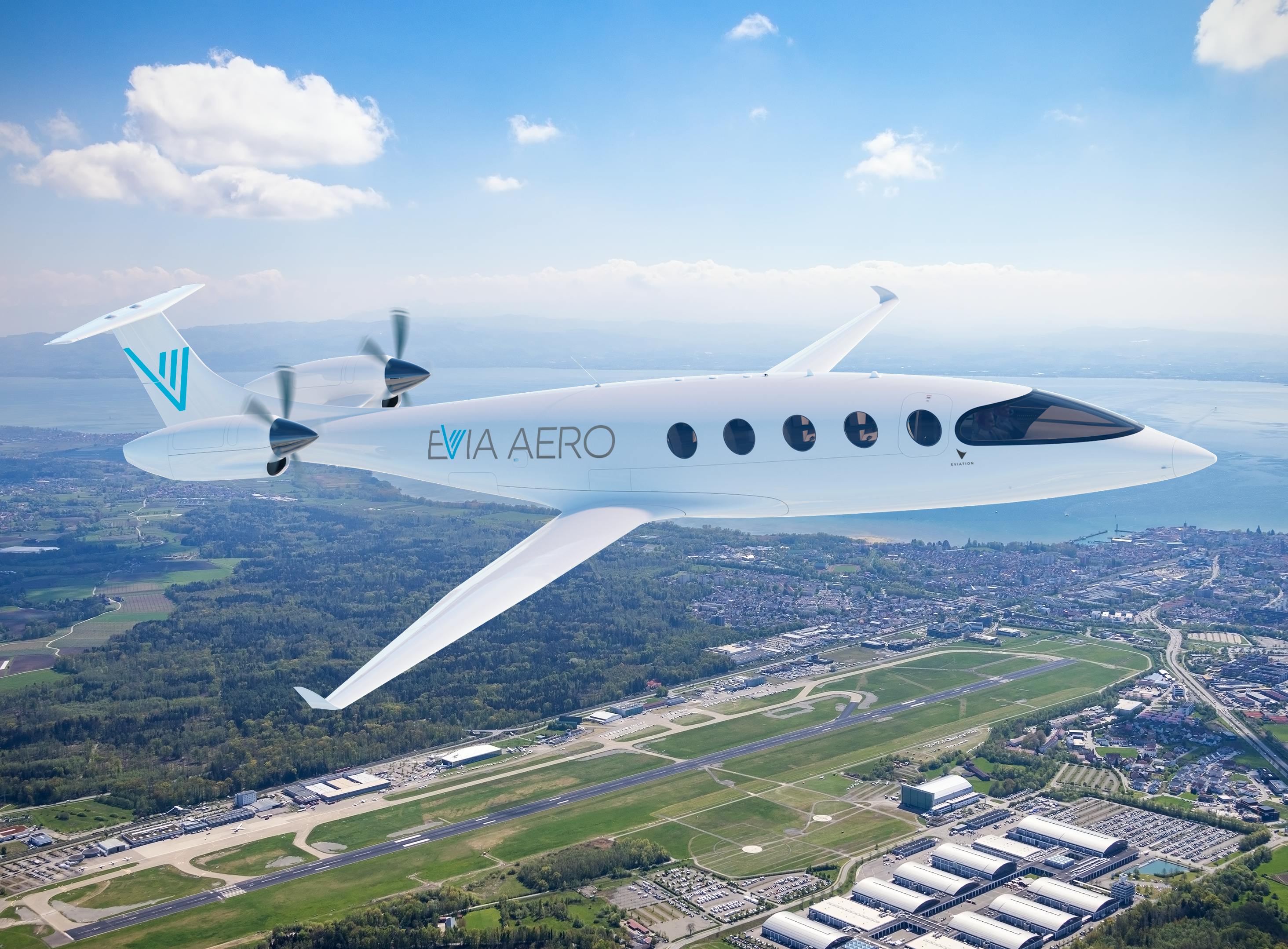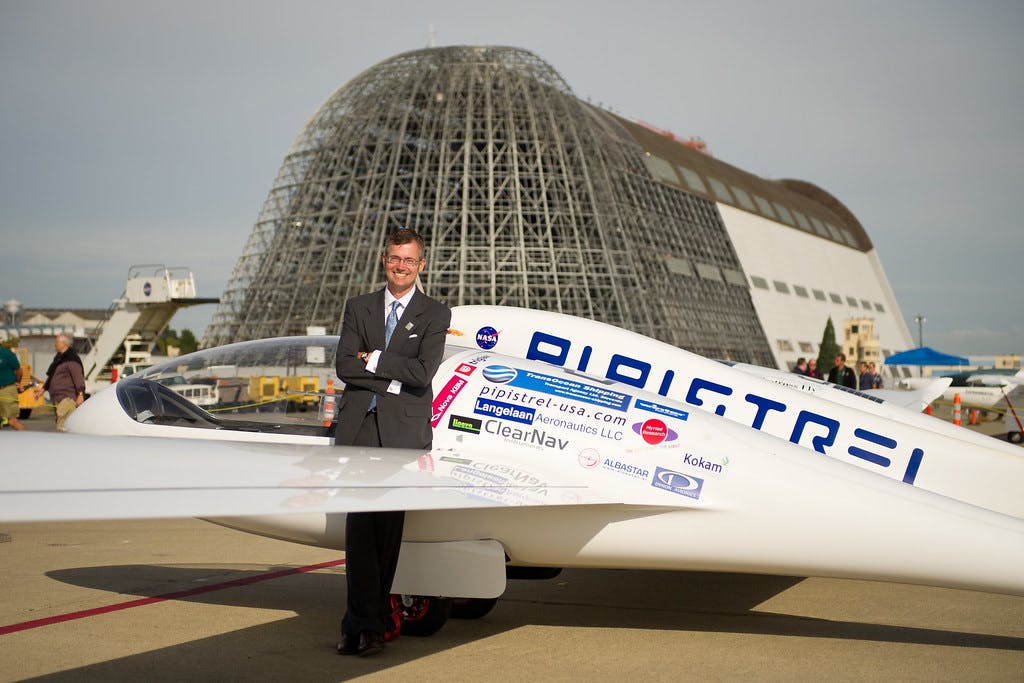Guest post: How green technology is transforming aviation

Blog
This is a guest post from Tony Caceras, Master Welder at Prowelding.org.
We’re currently in the midst of the Fourth Industrial Revolution. In this pioneering era, physical, digital, and biological technologies and innovations are coming together to transform numerous fields, from robotics and nanotechnology to transportation systems and beyond.
The First, Second, and Third Industrial Revolutions were marked by negative environmental impacts and pollution that’s now driving accelerated climate change. However, the latest industrial revolution seeks to address these challenges. It’s doing so by offering more sustainable and environmentally friendly approaches to industrialization through the use of bio-based products and fuels, renewable resources, and “green technology.” This shift can’t come soon enough. This sustainability-driven approach may be essential for a shift toward complete decarbonization and a more stable and resilient future on planet Earth.
Green technology is laying the foundations for unprecedented transformation. It’s actively reshaping the way that we live, travel, work, and interact with one another. Virtually every business and industrial sector is experiencing these transformations, and aviation is no exception. Green solutions in aviation are intended to dramatically reduce the sector’s carbon emissions through the use of innovations like drop-in sustainable aviation fuels (SAFs), new aircraft designs, modernized operational procedures, and other tech-based interventions.
Let’s take a closer look at the future of flying.

Green technology powering sustainability in aviation
New innovations are game-changing for sustainable aviation. According to data from ICAO, some of the most noteworthy technologies currently in development or implementation include aircraft powered by electric, hydrogen, or hybrid fuel sources.
Further information reveals that many groundbreaking new facilities are being built on a global scale to produce next-generation green aviation fuels. Some of the leaders in these developments include Lanzajet, Shell, and Fulcrum. Updated production processes are also being implemented for sustainable aviation fuels. The IHI Corporation is now producing algae-based fuels, and the Applied Research Associates (ARA) developing uniquely environmentally friendly catalytic hydrothermolysis fuels for aircraft use.
Even the aircraft themselves are receiving a futuristic overhaul. Pipistrel Velis Electro was the first electric aircraft awarded a type certification by the EU Aviation Safety Agency. Hydrogen-powered flights are becoming a reality, too, with options like ZEROe from Airbus and Zeroavia zero-emission flights currently in development.
Other updates in green aviation include:
- Electric vertical take-off and landing (eVTOL) technologies powered by the likes of Lilium, E-Hang, Archer, Joby, Volocopter, and Eve Air Mobility.
- Low fuel-consumption aircraft like the Otto Aviation Celera 500L laminar fuselage aircraft that reduce operating expenses and emissions.
- Robotic interventions such as Taxibot, a partly robotic hybrid vehicle designed for towing aircraft without the use of the craft’s engines, enabling fuel use and carbon emission reductions of as much as 95%.
Elsewhere, companies like UK-based Satavia are developing software and analytical tools to limit the formation of contrails, the by-products of current aviation systems that can dramatically impact the climate.
Solar power is also enjoying a revival in the form of solar-powered aircraft like Skydweller. This craft is based on the design of the Solar Impulse 2, which holds multiple flight records. Skydweller Aero is currently developing the world’s very first commercially based ‘pseudo-satellite’—a solar-powered aircraft capable of staying airborne for months on end.

Potential challenges in green aviation transitions
The future certainly looks bright for the aviation industry. However, achieving the all-important net-zero emissions output milestones (most aviation companies have targeted net-zero by 2050) will pose challenges during adoption.
High-density batteries, hydrogen and solar-powered aircraft, and new biofuels all show great promise. But at present, their scalability is yet to be fully established.
Organizations like Universal Hydrogen are working on ways to convert existing aircraft fleets and offer fueling services for passenger airlines by the year 2025. Electric aviation is also developing rapidly to meet the growing need for sustainable transportation options.
Additional challenges may include the availability of biofuel feedstocks and production capacity. While many new facilities are producing SAFs around the world, it’s still uncertain how much of their capacity can be dedicated towards aviation compared to other fuels that drive other sectors of the world economy. Price gaps between biofuels and conventional fuels may need to be reduced, and policy incentives introduced to deploy greener fuels successfully.
In terms of electric aircraft, the primary obstacle is to increase the energy density of solar batteries. This will enable aircraft to carry out longer routes with maximum payload capacities. Regulatory challenges must be addressed to incrementally introduce disruptive aviation tech in a way that maintains public confidence. Flying needs to remain a safe, efficient, cost-effective, and reliable mode of transport.
Pioneers like the various organizations mentioned throughout this article are driving the future of aviation. But it’s not possible for them to do so alone. The World Economic Forum notes that they require a robust network of support to establish and achieve the level of scalability required to make net-zero aviation a global and commercially viable reality.
The WEF aims to support this transition through initiatives like the Sustainable Aviation Challenge on UpLink. This initiative seeks to accelerate the creation and adoption of sustainable aircraft fuels and alternative propulsion technologies.
The program, and many others like it, work to improve the viability of promising green aviation start-ups. It brings together governmental departments, tech innovators, blue-collar workers such as welders, mechanics and technicians, and industry leaders. Together, they power the sector’s future growth and development.
These collaborations will provide start-ups with the investments, mentorship, industry connections, and testing facilities they require. This accelerates the development and deployment of groundbreaking green aviation technologies.

Flying toward a greener future
Our skies and the way we navigate them are undergoing a significant revolution. New surges of green technology promise to shape and redefine the entire aviation industry, including the commercial sector.
From futuristic biofuel refineries to electric, solar, and hydrogen-powered aircraft, contrail-limiting software, and more, aerospace pioneers are charting a new path towards a sustainable and livable net-zero future.
Of course, these transitions have challenges, including scaling the production of fuels and technologies, closing the price gaps between fossil fuels and biofuels, and ensuring that regulations introduce innovations in a way that retains the public’s trust. However, collaborative efforts are seeking to achieve exactly this by bringing together technology developers, industry leaders, and governments to make sustainable flying a reality across the globe.
The journey towards a greener aviation industry is already well underway. As the engines of ingenuity continue to fire, we can anticipate a future where making use of aviation services isn’t an activity that excludes environmental responsibility. Rather, it’s one that actively encourages sustainability.